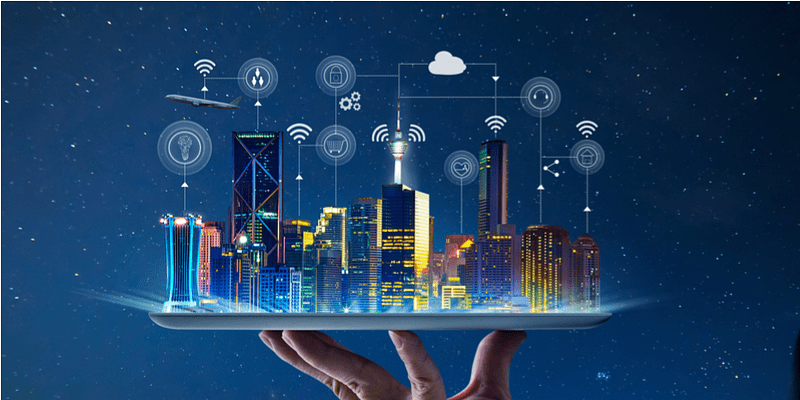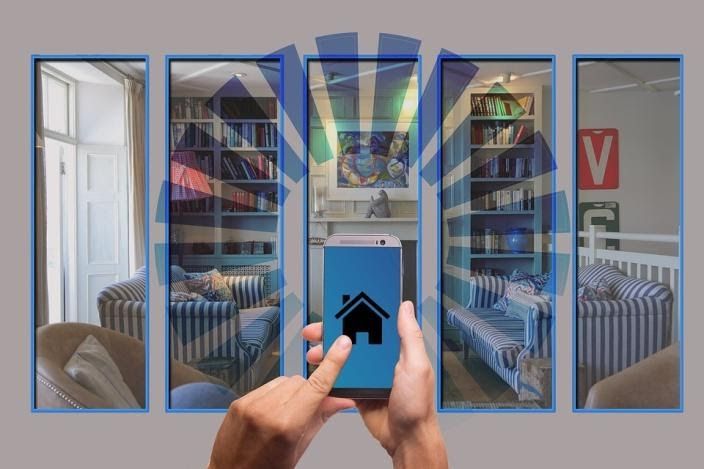
In 2024, the real estate sector in Tier I and II cities will undergo a first-rate change. As we negotiate the shifting winds of urban growth, many elements are influencing how we perceive and interact with residential areas.
Let us look at the major trends that are altering the real estate industry by combining customer delight, sustainability, and advancements in technology.
Rise of customer delight
Customer delight has emerged as an essential factor in the real estate industry, with developers increasingly understanding the value of providing great experiences to homebuyers. Beyond transactions, the emphasis is turning to cultivating long-term connections. Developers are increasingly going above and beyond to understand and address the specific wants of their consumers.
Real estate developments are increasingly incorporating innovative facilities, personalised services, and community-centric architecture. The objective is to create an atmosphere in which residents are not only content but are also pleased with their living experience–from technology for smart homes to common areas that encourage social interaction.

Personalised services have become a cornerstone of customer-centric real estate ventures. There is a rise in the adoption of personalised concierge services, catering to the diverse needs and preferences of homeowners. This tailored approach extends beyond the initial purchase, fostering a lasting connection between developers and residents.
Personal EV charging infrastructure
The real estate industry is supporting the electric vehicle (EV) revolution as part of the worldwide push towards sustainable living. Personal EV charging stations have become a standard element in many real estate projects. This trend is consistent with the broader objective of lowering carbon footprint and supporting renewable energy options.
Personal EV charging infrastructure is now being considered by homebuyers, particularly in metropolitan areas, as an important feature when selecting a dwelling. This reflects not just a shift in consumer preferences but also shows a greater awareness of traditional transportation’s environmental effect. Developers are fast to respond to this shift, incorporating EV-friendly infrastructure to entice environmentally aware purchasers.
Personal EV charging points have grown to be a game-changer in housing trends. With the upward push of electrical motors, homebuyers are prioritising houses geared up with dedicated charging infrastructure. This not only effectively aligns with the developing environmental focus but also provides a sensible and convenient size to urban living.
Mid-income housing: sustainable living
Mid-income housing is witnessing a new direction towards sustainability, challenging the perception that environmentally conscious features are found only in high-end building projects. Green technology is being integrated by developers not just to minimise carbon footprint but also to provide affordable choices to the middle-income population.
The widespread installation of personal EV charging outlets in mid-income housing properties is one evident component of this transformation. This caters to the growing trend of EVs and also promotes these innovations as creative and ecologically conscious. The integration of middle-income housing with sustainable living indicates a dedication to balancing affordability and environmental awareness.
Smart water meters
Smart water meters are developing as a great solution in the application of smart technology in real estate infrastructure. These gadgets monitor water consumption in real time, offering people insights into their usage habits while promoting water conservation.
Smart water meters not only help the environment but also play an important role in managing expenses for both developers and residents. These gadgets allow individuals to make educated decisions by raising their knowledge of water consumption, which aligns with the larger objective of developing responsible and smart urban communities.
The use of smart water meters in residential developments reduces water use by 20%, demonstrating the favorable influence of technology on resource conservation.
Reshaping urban life
Looking ahead to 2024, the real estate sector is ready for even more innovation and development. Customer-focused methods, sustainable living practices, and smart technology will continue to reshape urban life. Acknowledging these significant developments will benefit developers, investors, and homebuyers alike.
Customer delight, personal EV charging points, mid-income housing sustainability, and smart water meters not only reflect the changing urban preferences but they also pave the way for a more interconnected, environmentally conscious, and technologically advanced future in real estate.
Edited by Swetha Kannan
(Disclaimer: The views and opinions expressed in this article are those of the author and do not necessarily reflect the views of YourStory.)










